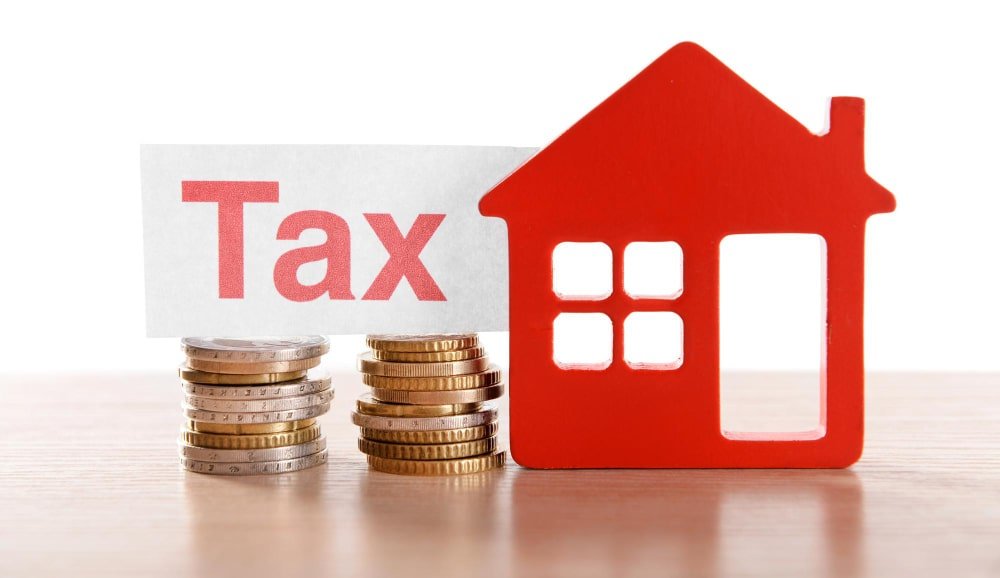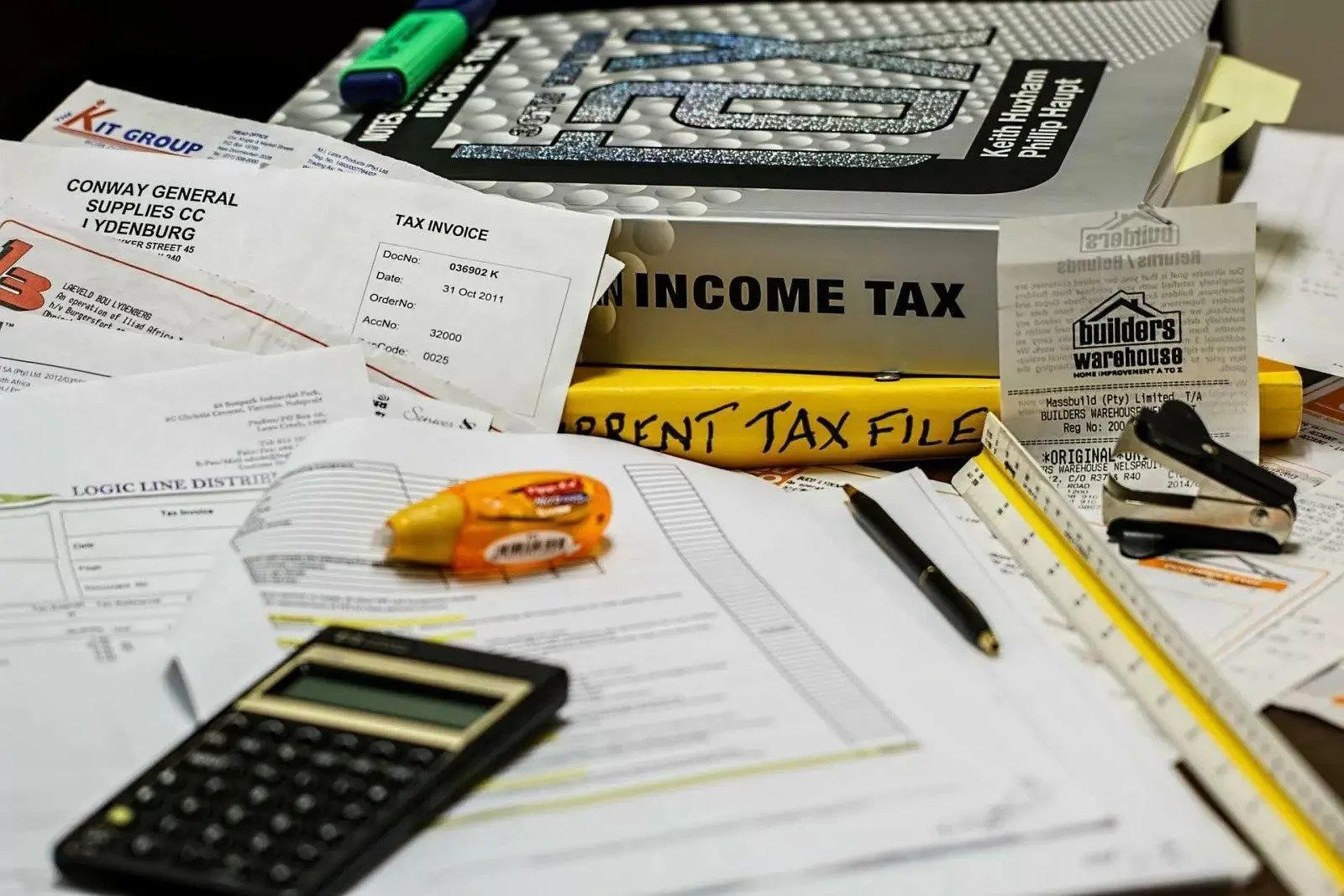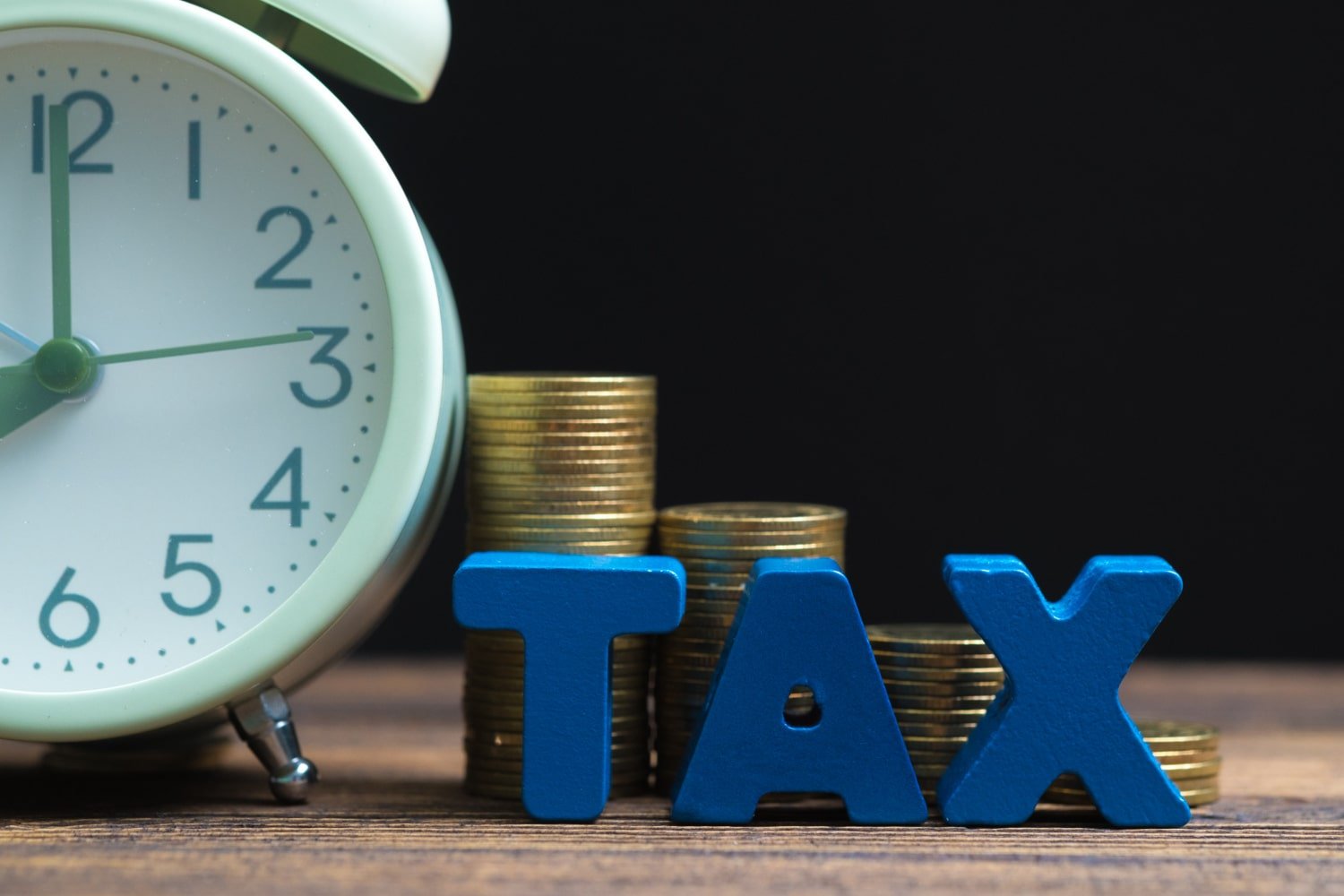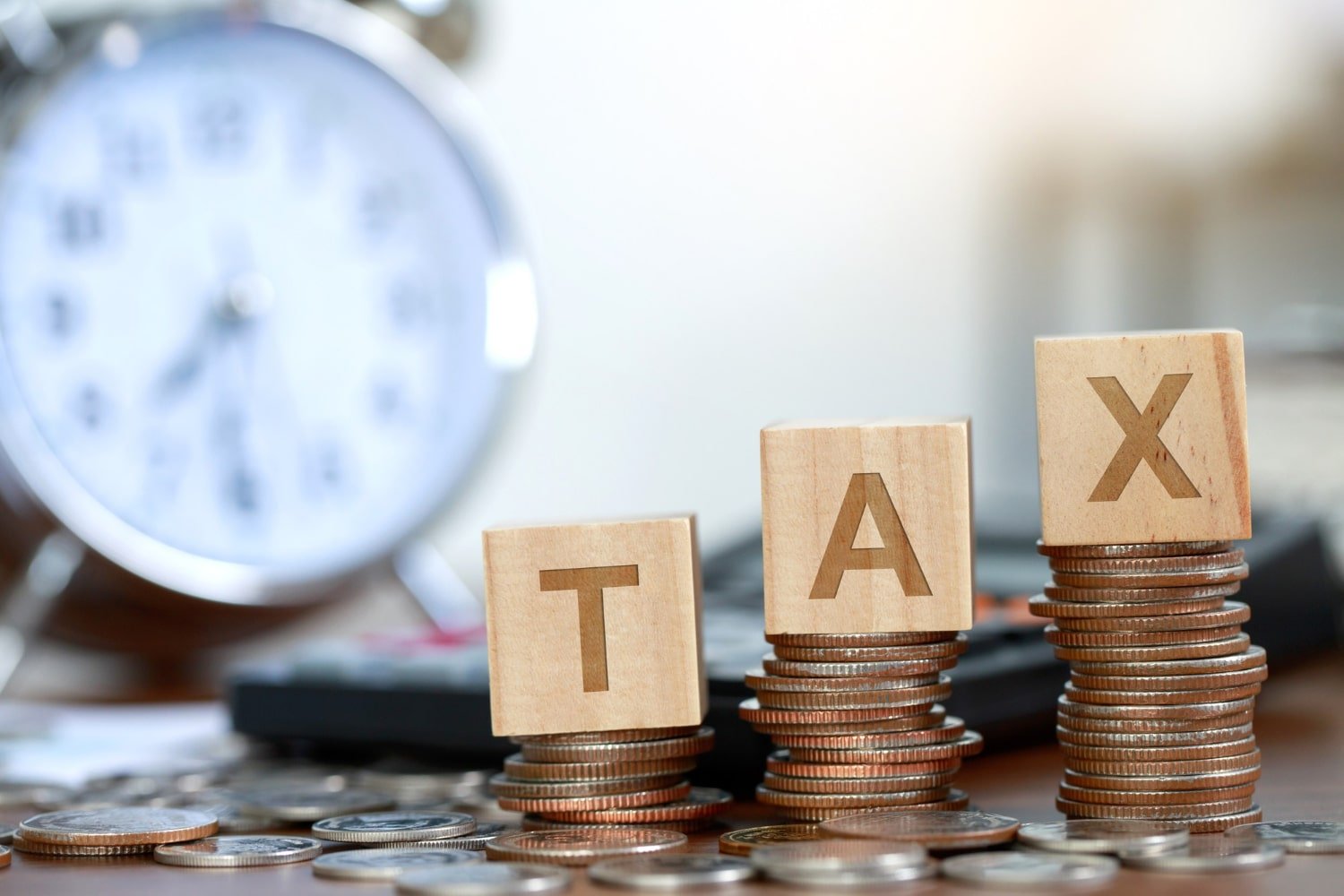The most important tax to consider for any property investor is the income tax. It is charged on employment income, rental income, interest, dividends, and profits for self-employed. Income tax is the largest source of tax revenue for UK government accounting for more than 30% of total tax revenue.
The tax rules are continuously changing, and it is difficult for landlords to find the plain English guide to income tax. In this article, the main elements of income tax for landlords are explained in simple explanatory manner.
In this article, we will look into the income tax rates, self-assessment filing deadline and penalty, worked example, particular issues around taxation of property income, etc.
Personal Allowance
Income Below £12,570
Basic Rate
Between £12,571 to £50,270
Higher Rate
Between £50,271 to £150,000
Additional Rate
Income over £150,000
When your adjusted taxable income crosses £100,000, you will start losing personal allowance by £1 for every £2 of income. You will lose all the personal allowance once the income exceeds £125,140. For example, if your income is £110,000, you will get a personal allowance of only £7,570 instead of £12,570 as you lost £5,000 of personal allowance (50% of income above £100,000).
As a result, the effective tax rate for individual earning between £100,000 and £125,140 is 60%.
High Income Child Benefit Charge
If you are claiming child benefit and you or your partner has an annual income over £50,000, there will be additional tax charge called “High income child benefit charge”. This charge effectively claws back the child benefit via self assessment tax return once the adjusted net income of either the claimant or his/her partner exceeds £50,000.
The charge is 1% of the child benefit for every £100 of adjusted net income over £50,000. For example, if you have adjusted net taxable income of £52,000, the high income child benefit charge is 20% of the child benefit claimed. If you claim child benefit of £2,500 per annum, then the charge is £500.
HMRC Self Assessment Tax Return and Filing Deadline
Individuals pay personal tax by reference to the “tax year”. The UK tax year runs from 6 April to the following 5 April. For example, the tax year 2022/23 runs from 6 April 2022 to 5 April 2023. Partnerships and trusts are also taxed on tax year basis.

A taxpayer in the UK needs to prepare and submit self assessment tax return for each tax year. It is called self assessment because you need to assess your income and tax liability yourself and need to declare to HMRC. The filing deadline for the personal tax return is 31 January following the tax year if the return is filed online. For paper filing, the deadline is 31 October. For the tax year 2022/23, the deadline for online filing is 31 January 2024, and for paper filing is 31 October 2023.
Late Filing Penalty
If the tax return is filed late, the initial penalty is £100. This penalty is levied even if there is no tax liability. Additional daily penalties of £10 per day will be levied in respect of returns which are more than three months late up to a maximum of £900.
If you are six months late, there will be a penalty of 5% of tax liability (or £300 if greater). For being more than 12 months late, there will be additional 5% of tax liability (or £300 if greater). So, it is best to file the tax return on time.
In addition to these late filing penalties, you will incur late payment penalties for missing the payment deadline.
When is The Tax Due?
The taxpayer needs to pay income tax liability in three installments on payment on account basis. This means the tax is due even before you have prepared your self assessment tax return. The deadline for making payment of income tax liability is as below:
31 January – 50%
50% of previous year tax liability is payable by 31 January during the tax year. For example, for tax year 2020/21, 50% of 2019/20 tax liability is payable on 31 January 2021 as payment on account.
31 July – 50%
50% of previous year tax liability is payable by 31 July during the tax year. For example, for tax year 2020/21, 50% of 2019/20 tax liability is payable on 31 July 2021 as payment on account.
31 January – Balancing Figure
Balancing figure of tax liability is payable on 31 January as per final self-assessment tax return. For example, for tax year 2020/21, balancing figure is payable on 31 January 2022 as per the tax computation.
Worked Example of Income Tax Calculation
Suppose during the tax year 2022/23, Ms. Julie has a salary of £40,000, property income of £10,000 from a London flat, property income of £5,000 from an apartment in Spain. Her taxable income and personal tax liability will be calculated as below:
| Amount (£) | Price |
|---|---|
|
Income from employment (Salary) |
£40,000 |
|
UK property income |
£10,000 |
|
Foreign property income |
£5,000 |
|
Total income |
£55,000 |
|
Less: Personal tax allowance |
(£12,570) |
|
Taxable income |
£42,430 |
|
Tax liability: |
|
|
Tax at 20% (on first £37,700 – up to income threshold of £50,270) |
£7,540 |
|
Tax at 40% (on remaining £4,730) |
£1,892 |
|
Total tax liability |
£9,432 |
Income Tax on Property Income
Property income mainly consists of rents from properties such as flats and houses. However, be aware that it includes other types of income from property such as lease premium and income from selling fishing rights, etc.

New Cash Basis for Landlords vs Existing Rules
Historically, landlords were required to use accrual basis for calculating property income for tax. The accrual basis means the income and expenses are accounted when they occur instead of when they received.
For example, a property investor received rent in advance for April 2022 on 1 March 2022. Although the rent was received during tax year 2022/23, the rent relates to April 2022 and so would be declared only on the tax return for tax year 2022/23. The same principle applies to the expenses.
However, special rules of a cash basis for landlords were introduced from 6 April 2017. This new rule applies to landlords whose annual cash basis receipts does not exceed £150,000. However, landlords can opt out from the new rules of cash basis and continue to use accrual basis as before.
Allowable Expenses for Rental Income
Expenses are deductible from rental income only if those expenses are incurred “wholly and exclusively” for the letting business. So, any expenditure incurred for the benefit of the landlords, or their family is not allowed unless it is business related.
Another important condition is that the expenses should not be of capital nature. Any expenditure that improves or enhances the value of the property is treated as capital expenditure.
On the other hand, expenditure which is incurred on a regular basis to earn income from the property is allowed. For example, window repairs are allowed while expenses incurred on loft conversion are not allowed. These capital costs are usually allowed as deduction while calculating capital gain at the time of sale of the property.
Following are the common types of expenses allowed for deduction from rental income (although each expenses need to be tested as per rules above :
- Estate agent fees and commissions
- Mortgage interest (subject to new rules from tax year 2017/18 as detailed in Interest Relief Restriction Guide).
- Repairs and maintenance
- Ground rent and service charges
- Council taxes (if incurred by landlord)
- Insurance Legal & professional fees such as fees for tenant referencing
- Rental bad debts Advertising for finding tenants
- Accountancy fees for preparing rental accounts
- Travel and motor expenses relating to business
- Telephone & internet
- Training costs
- Office costs
- Capital allowances
- Replacement furniture relief (new relief from 5 April 2016)
Rent a Room Relief
If you are letting out a room to a tenant in your home, the Rent a Room Scheme lets you earn up to a threshold of £7,500 per year tax-free. But the property should be your main residence to claim relief under this scheme.
[elementor-template id=”682236″]



